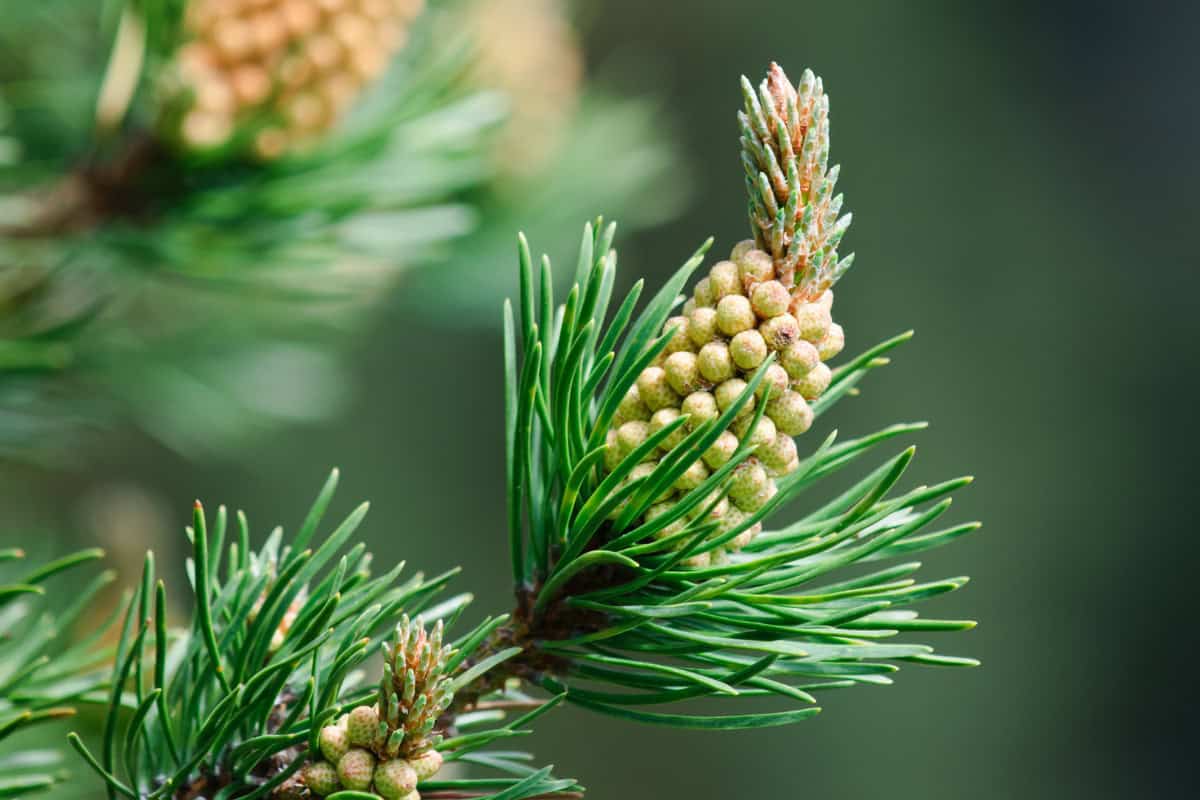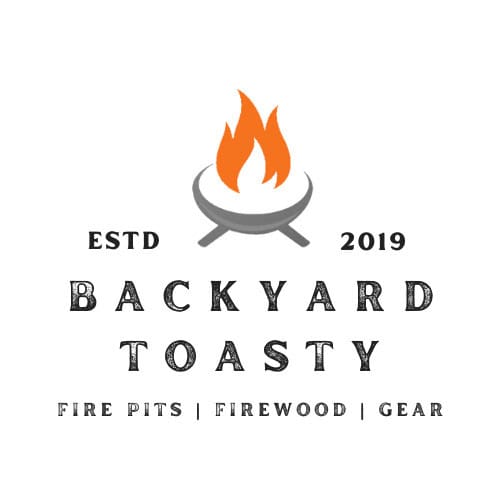
This comprehensive Lodgepole Pine firewood profile explores the mountain survivor that delivers 15,000-17,100 BTUs per cord with remarkably easy processing and widespread availability in western mountains.
Known for its straight growth and adaptability to fire, Lodgepole Pine offers accessible firewood that serves well for quick heat and atmospheric fires throughout its high-elevation range.
Quick Reference Stats
- Wood Type: Softwood (evergreen conifer)
- BTU Rating: 15,000-17,100 BTUs per cord
- Ease of Splitting: Extremely Easy (5/5 scale)
- Seasoning Time: 6-12 months
- Smoke Production: Moderate to High
- Spark/Pop Factor: High
- Scent Profile: Mild – Light pine aroma, less intense than other pines
Overview & Identification
Lodgepole Pine represents the high-altitude firewood option, offering quick heat and exceptionally easy processing from one of the most common trees in western mountains.
This adaptable conifer provides basic heating performance with the significant advantage of straight grain and minimal processing challenges.
The characteristic thin bark and pairs of short needles make identification simple for this mountain dweller.
Common Names: Lodgepole Pine, Shore Pine (coastal variety), Tamarack Pine
Scientific Name: Pinus contorta (family Pinaceae)
Tree Characteristics: Medium-sized evergreen conifer reaching 40-80 feet with remarkably straight trunk and narrow crown. Features short needles (1-3 inches) in bundles of 2, thin scaly bark, and often grows in dense stands.
Geographic Distribution
Where You’ll Find It: Western North America from Alaska to Baja California, primarily in mountains from 5,000-11,000 feet
Availability: Excellent in mountain regions – abundant from beetle-kill salvage and forest management
Growing Conditions: Thrives in cold mountain environments and after fires. Forms extensive pure stands.
Burning Characteristics
Heat Output & Performance
- BTU Content: Moderate heat output typical of pine species
- Burn Duration: Quick burning requiring frequent attention
- Coaling Properties: Minimal coal formation with rapid consumption
- Flame Characteristics: Burns fast and hot with bright flames
Ignition & Fire Management
- Ease of Lighting: Ignites extremely easily in all conditions
- Best Fire Stage: Excellent for quick warming and fire building
- Burn Rate: Very fast consumption demands constant feeding
- Heat Consistency: Provides quick burst of heat rather than sustained warmth
Sensory Experience
Smoke Profile
- Smoke Volume: Moderate to high smoke production
- Smoke Color: Can be heavy if not burning efficiently
- Smoke Flavor: Standard pine flavor – not ideal for cooking
- Creosote Production: High – requires vigilant maintenance
Sound & Visual
- Crackling/Popping: Very active with constant snapping
- Sparking Tendency: High spark production requires screening
- Flame Appearance: Lively, bright flames with active display
Aroma
- Burning Scent: Mild pine fragrance without strong character
- Pleasant Factor: Pleasant but unremarkable
- Intensity: Light to moderate presence
Processing & Preparation
Splitting Characteristics
- Ease of Splitting: Extremely easy – among the easiest of all firewoods
- Grain Pattern: Remarkably straight grain throughout
- Tools Needed: Light tools sufficient – even hatchet works
- Best Splitting Conditions: Splits easily green or dry
Seasoning Requirements
- Drying Time: 6-12 months depending on size
- Moisture Content: Moderate initial moisture dries well
- Seasoning Tips: Small splits season very quickly
- Storage Considerations: Stack loosely for airflow
Processing Notes
- Chainsaw Considerations: Cuts very easily with minimal wear
- Bark Characteristics: Thin bark creates less mess
- Handling: Very lightweight for easy transport
- Safety Considerations: Brittle when dry – handle carefully
Specialized Uses
Mountain Region Applications
- Cabin Heating: Common fuel for mountain cabins
- Campfire Standard: Abundant around mountain campsites
- Quick Heat: Perfect for taking chill off quickly
- Emergency Fuel: Reliable option always available
Beetle-Kill Utilization
- Salvage Operations: Massive supplies from beetle damage
- Standing Dead: Often pre-dried while standing
- Blue Stain Value: Unique coloration in lumber
- Forest Health: Removal aids forest regeneration
Pros & Cons
Advantages
- Extremely easy to split – minimal effort required
- Abundant in mountain regions
- Seasons relatively quickly
- Very lightweight and easy to handle
- Excellent for quick fires
- Often available pre-dried (beetle-kill)
- Straight grain makes processing simple
- Burns hot for quick warming
- Very affordable where available
- Good kindling production
Disadvantages
- Low heat output overall
- Burns very quickly
- High maintenance fire tending
- Significant spark hazard
- Heavy creosote producer
- Not suitable for overnight heating
- Creates more ash than needed
- Limited to mountain regions
- Can create chimney fire risk
- Minimal cooking value
Best Practices & Tips
Mountain Burning Strategy
- High Altitude Adjustment: Burns faster at elevation
- Quick Heat Method: Use for rapid warming, then switch
- Safety Priority: Always use screening and supervision
- Mixing Essential: Combine with denser woods
Beetle-Kill Processing
- Standing Dead Selection: Check for soundness
- Blue Stain Wood: Performs same as regular
- Dry Storage: May already be seasoned
- Brittle Nature: Handle with care
Practical Applications
- Morning Fires: Excellent for quick morning warmth
- Supplement Only: Not reliable as sole fuel
- Kindling Production: Creates superb kindling supply
- Emergency Backup: Keep supply for power outages
Bottom Line
Lodgepole Pine serves as the utilitarian firewood of mountain regions – incredibly easy to process and always available but requiring realistic expectations about its limitations.
While it won’t provide long-lasting heat, its role in quick fires and supplemental heating makes it valuable for mountain dwellers who understand its proper applications.
Best For: Mountain cabins, quick heat, kindling, fire starting, emergency backup, and supplemental use
Skip If: You need primary heating, overnight burns, sustained heat, or minimal fire tending
For a complete breakdown of Lodgepole Pine’s utility characteristics and safety considerations, our detailed quick reference table below provides all the technical specifications you need.
Related Resources: Lodgepole Pine Firewood Profile
Last updated: 8/6/2025


